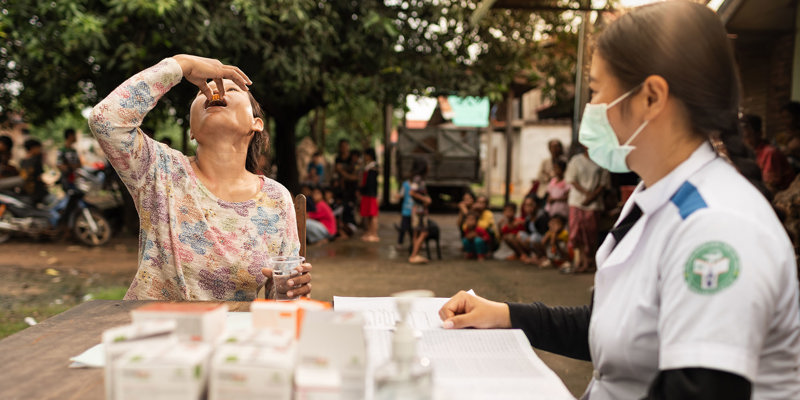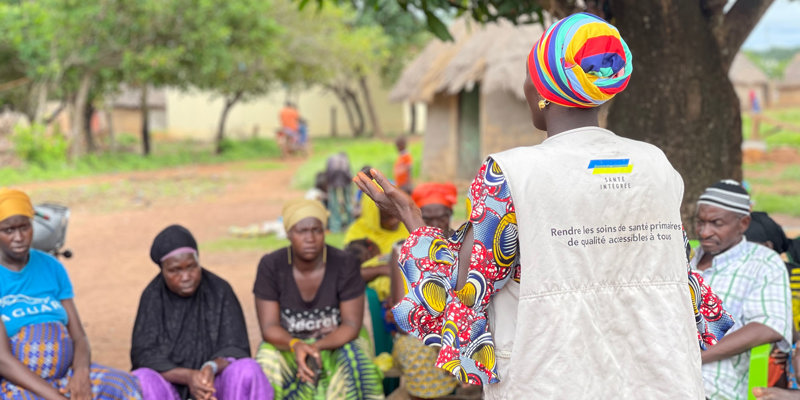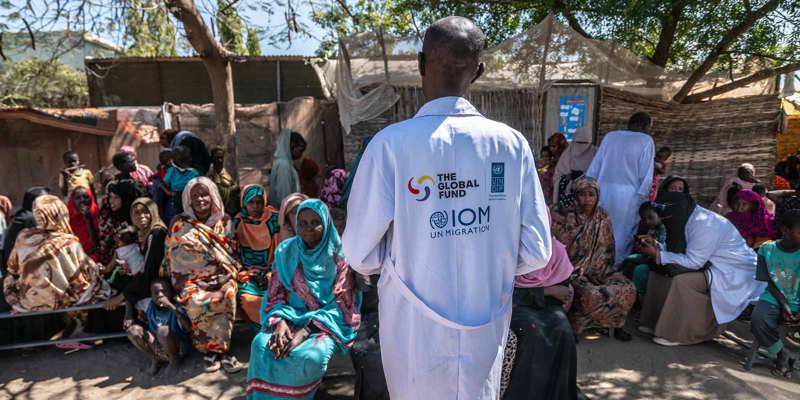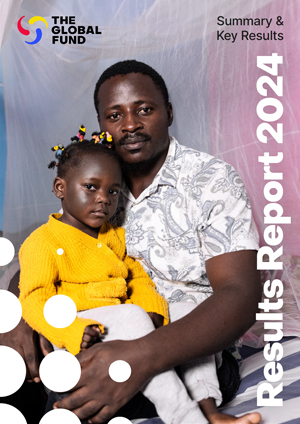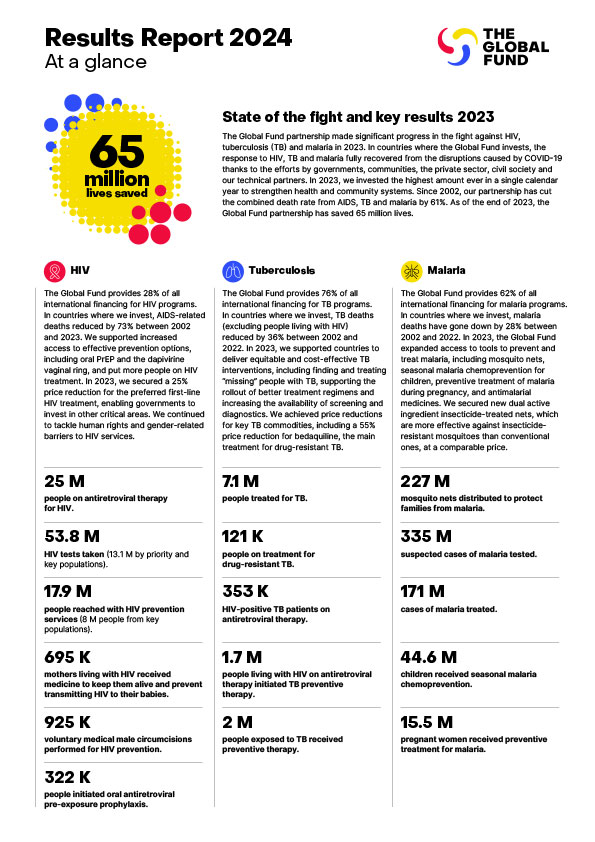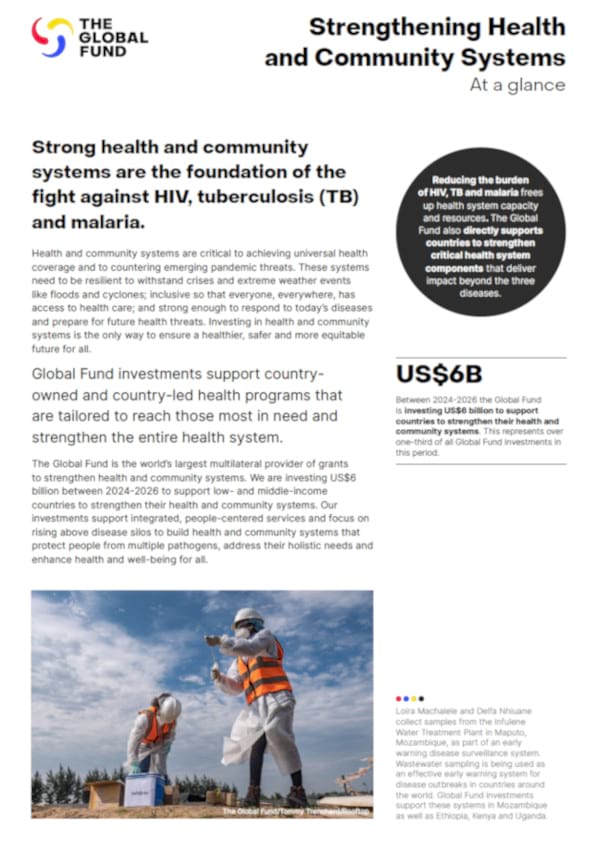Implementers of Global Fund-supported programs must ensure the in vitro diagnostics they purchase meet GF Quality assurance Policy for Medical Devices (including In Vitro Diagnostics) and core Personal Protective Equipment.
- Quality Assurance Policy for Medical Devices (including In-Vitro Diagnostics) and core Personal Protective Equipment
download in English | Español | Français
We promote best practices in the procurement of in vitro diagnostics, including:
- Complying with World Health Organization guidance on storage and distribution
- Ensuring that products are used by appropriately trained and suitably qualified persons only
- Using best efforts to participate in suitable external quality assessment programs
- Using best efforts to organize calibration and maintenance of relevant equipment
- Using best efforts to develop systematic reporting of product defects
The cost of quality assurance and quality monitoring measures must be included in grant budgets. Those responsible for the procurement of diagnostic processes (in most cases, the Principal Recipient) should ensure they observe all applicable laws and regulations. In addition, World Health Organization guidelines or national guidelines should serve as the basis for the selection of particular products.
Eligibility of Products
In accordance with our quality assurance policy, implementers have different options when selecting which in vitro diagnostic products to purchase. They can choose products that meet one of these options:
- Prequalification by the World Health Organization Prequalification Programme for in vitro diagnostics
- For tuberculosis products, recommendation by the relevant World Health Organization program
- Authorization for use by one of the regulatory authorities of the founding members of Global Harmonization Task Force, when stringently assessed (with a high-risk classification): This option is not applicable to rapid diagnostic tests for HIV self-testing
- Authorized for use by a WHO Listed Authority (WLA) within their scope of listing
- Acceptability for procurement using grant funds, as determined by the Global Fund, based on the advice of the Expert Review Panel
In addition to quality management system requirements for manufacturers of in vitro diagnostics, products must meet additional requirements that are detailed in section 10 of the Quality Assurance Policy for Medical Devices (including In-Vitro Diagnostics) and core Personal Protective Equipment.
World Health Organization Prequalification Programme
The World Health Organization manages a program that prequalifies pharmaceutical and in vitro diagnostics that are considered acceptable for procurement by the United Nations and specialized agencies. The organization regularly publishes the list of prequalified products, from which Global Fund Principal Recipients can select. Links to more information are below.
Stringent Regulatory Assessment of In Vitro Diagnostics
Founding members of the Global Harmonization Task Force are the regulatory authorities of the United States, the European Union, Japan, Canada and Australia. In 2012, the task force was replaced by the International Medical Device Regulators Forum, a voluntary group of medical device regulators from around the world that build on the foundational work of the preceding harmonization task force.
Products that are stringently assessed by these regulatory authorities of the founding members of the Global Harmonization Task Force become eligible for procurement within Global Fund grants unless there are particular requirements (such as for in vitro diagnostics for HIV self-testing).
WHO Listed Authority (WLA)
The WHO started a Listed Authority initiative (WLA) to provide a transparent and evidence-based pathway for more regulatory authorities to be globally recognized. This is intended to expand access to a regionally diverse supply of safe, efficacious, effective, and quality health products. Newly listed authorities are expected at the beginning of 2024.
In vitro diagnostics undergo assessment by a regulatory authority or a regional regulatory system (RRS) documented by the WHO. This ensures compliance with all relevant indicators and requirements specified by the WHO for the requested scope of listing, based on an established benchmarking and performance evaluation process.
Expert Review Panel
In certain circumstances, a Principal Recipient may select a product that has been reviewed by the Global Fund’s Expert Review Panel and that is permitted for time-limited use.
In cases where a Principal Recipient wishes to purchase products that have been reviewed by the Expert Review Panel, it should obtain evidence of product’s status through the “no-objection letter” process. To do this, the Principal Recipient should complete a notification form and submit it to the Fund Portfolio Manager. The form is available for download below. The Global Fund will issue a no-objection letter for a time-limited period and the procurement can go ahead.
In cases where the Principal Recipient has ordered a product that has been reviewed by the Expert Panel Review and has notified the Fund Portfolio Manager, the Global Fund will conduct quality control testing, as applicable. This testing is carried out by an independent laboratory contracted by the Global Fund. Once the product has been successfully tested, the Global Fund will approve shipment, notifying both the Principal Recipient and manufacturer.
See our Expert Review Panel page for more information on the panel and its work.
Eligible products
We regularly publish and update lists of in vitro diagnostics found eligible under our quality assurance policy to help Principal Recipients more easily identify the status of products. They are available for download here.
Note that the lists are not exhaustive and a Principal Recipient can use Global Fund grant funds to purchase product(s) not listed on the current list, as long as the Principal Recipient can demonstrate that the product is compliant with the policies mentioned above.
Additional requirements
The diagnostic equipment selected should be from manufacturers whose manufacturing sites are compliant with the requirements of ISO 13485, as applicable, or of an equivalent quality management system recognized by one of the regulatory authorities of the ex-founding members of the Global Harmonization Task Force or by a WHO Listed Authority. All tender and procurement documentation should include a disclosure of the manufacturer and the manufacturing site used.
Recipients shall arrange for the monitoring of the quality of diagnostic products procured with grant funds in line with relevant World Health Organization Guidelines on Post-Market Surveillance of In Vitro Diagnostics.

